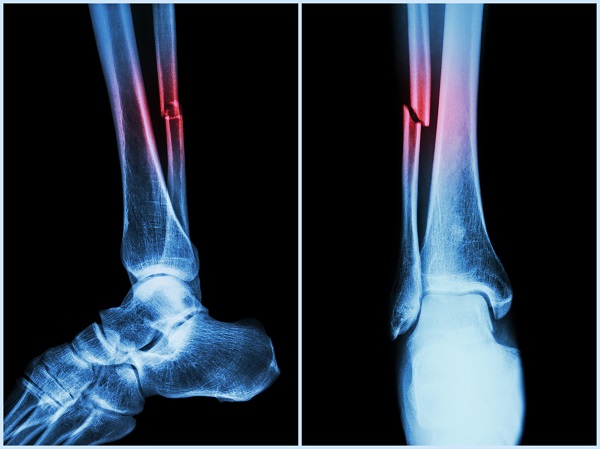June 29th, 2018
The bones in our bodies make life as we know it possible. It's very important for you to know all about the bones that make up our amazing bodies, and what to do when you injure these bones. Take a look at these 10 important facts about bone fractures!
1. Millions
Broken bones aren't fun for anyone, whether you're young, old, or in between. Did you know that approximately 6 million Americans suffer from at least one broken bone every year? That may sound like a crazy number but think about all the kids who fall off playground structures and people involved in car accidents. These injuries add up, and chances are you or someone you know has had a broken bone in the past year. The best orthopedic surgeons in Atlanta, GA, stay busy with all the bone fractures every year!
2. Common Fractures
Orthopedic experts say the clavicle or collarbone is the most frequently broken bone. Oftentimes, it's relatively easy for people to break bones in their arms, wrists and ankles. Luckily, orthopedic surgeons can help patients of all ages recover quickly from their injuries.
3. Osteoporosis
Did you know that people 65 and older are more likely to break their hips than any other bones in their bodies? This can be caused by injuries or illnesses such as osteoporosis, a condition that weakens bones and increases the risk of unexpected fractures.
4. Break vs. Fracture
Oftentimes, patients believe there is a difference between bone fractures and breaks. Many people wrongly believe that "fracture" refers to a crack while a "break" is an obviously separated bone. However, orthopedic professionals have spoken out against this belief, explaining that "fracture" is the term medical professionals use to describe any crack or break in a bone.
5. Smoking
It's no secret that smoking is bad for you, but did you realize that it can also have an impact on your ability to heal from broken bones? Any ingestion of nicotine through cigarettes, cigars, chew tobacco, or the patch can negatively impact the healing process. Nicotine use can slow down your body's ability to heal, especially compared to a non-smoker.
6. RICE
Broken bones aren't pretty, as they can cut through skin and appear crooked and painful. Although some of the more gruesome injures require emergency medical attention, those who are only experiencing pain and swelling may be able to treat their injury at home. If you aren't sure if you have a fracture, you can always try treating your injury in the comfort of your own home with the "RICE" treatment: rest, ice, compression and elevation. If an ace-type bandage and lots of rest don't help, it may be time to see a specialist.
7. Stubbed Toes
Stubbed toes are no fun, but sometimes, they can actually be something worse. If your toe or toes really hurt after a few days, you should see your doctor in case it's a fracture. You don't want to deal with broken toes or fingers that cause more pain in the long run.
8. Medical Attention
At the end of the day, it's better to see a doctor for your concerns. If you take too long to speak to your doctor about your possible broken bone, your bone could begin healing on its own. It's possible your bone could heal crooked, and you don't want the pain and discomfort that comes with that. It's easier to treat the injury and any joint damage within a few days of an initial injury, long before bones begin healing back together in a few weeks’ time.
9. Movement
Many people mistakenly doubt they have a broken bone because they can still move that part of their body. However, ability to move isn't a sure indicator of a broken bone, as the only way to confidently identify a fracture is with an X-ray. In fact, broken bones are almost always movable, but symptoms such as tenderness, bruising and difficulty bearing weight may point to fractures.
10. Surgery
Another common misconception about orthopedics is that many injures require surgery. That's not the case at all, as orthopedists try to avoid surgery if they can, instead opting for the least invasive treatments first. This encourages natural bone healing, and surgery is seen as more of a last option if other measures fail.
Back







